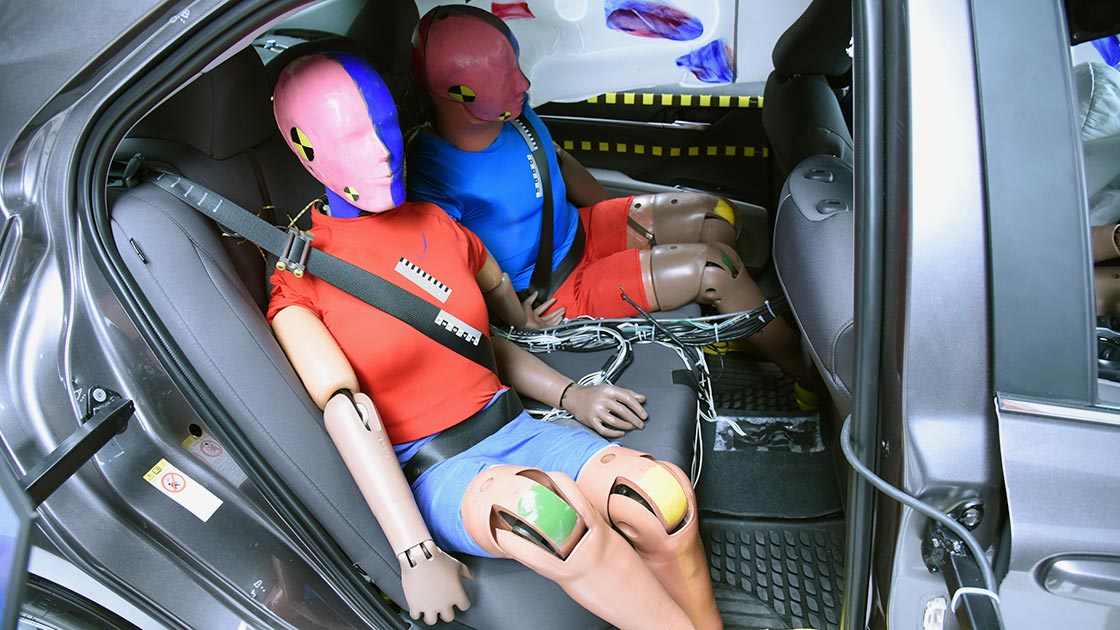Occupant Protection/Child Passenger Safety: Additional Resources
GHSA - Policies and Priorities: Occupant Protection
 IIHS - Rear-seat occupant protection hasn't kept pace with the front
IIHS - Rear-seat occupant protection hasn't kept pace with the front
A new IIHS study of frontal crashes in which belted rear-seat passengers were killed or seriously injured suggests that more sophisticated restraint systems are needed in the back.
Front-seat occupants have benefited greatly from advancements in restraints — the umbrella term for airbags and seat belts, which work together during a crash to keep a person in the proper position and manage forces on the body. Back-seat occupants haven't benefited from this technology to the same extent. Read More >>
Heat Stroke
- Child Safety: You’ve spent hours researching safe cars and car seats, and finally selected the right choices for your family. You've even had your car seat inspected at an inspection station to make sure you installed it correctly. But did you know there are other dangers in and around your vehicle that could seriously harm or even kill your child?
- No Heat Stroke: 868 children have died due to Pediatric Vehicular Heatstroke (PVH) since 1998. All of these deaths could have been prevented.
NHTSA: Occupant Crash Protection – airbag requirements
 CDC – Seat Belts: Get the Facts
CDC – Seat Belts: Get the Facts
Motor vehicle crashes are a leading cause of death among those aged 1-54 in the U.S. Most crash-related deaths in the United States occur to drivers and passengers.
For adults and older children (who are big enough for seat belts to fit properly), seat belt use is one of the most effective ways to save lives and reduce injuries in crashes. Yet millions do not buckle up on every trip. Read More >>
<< BACK



